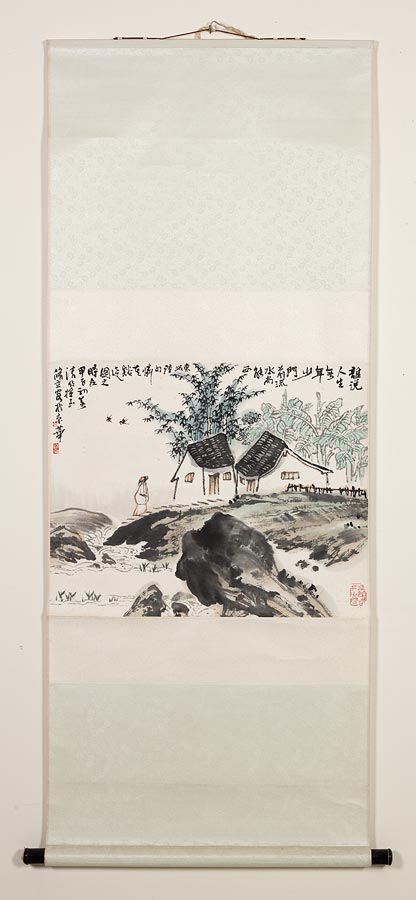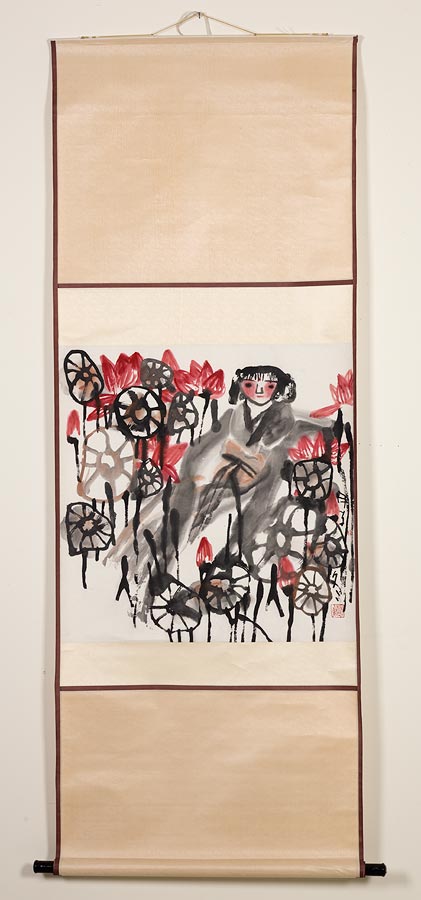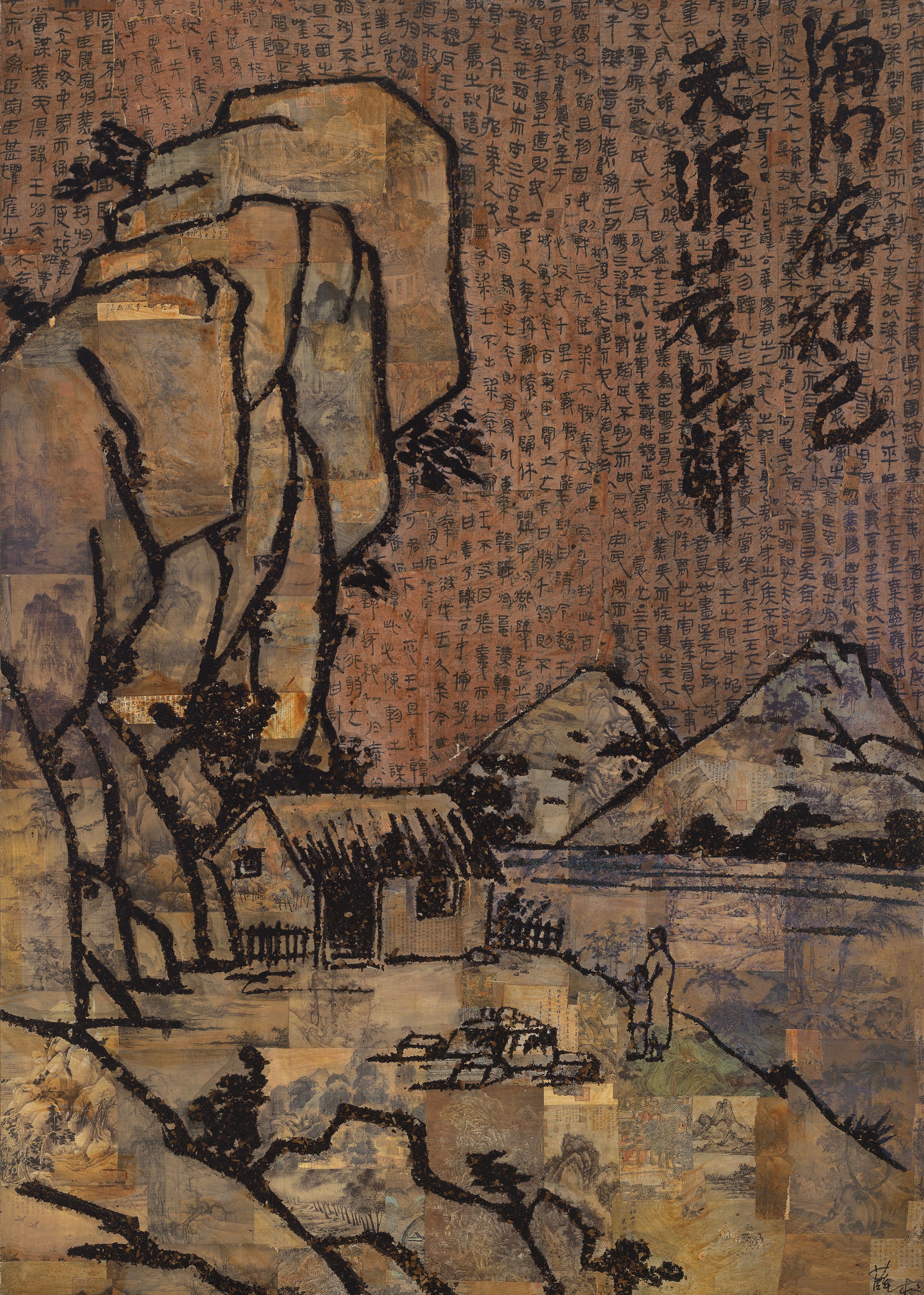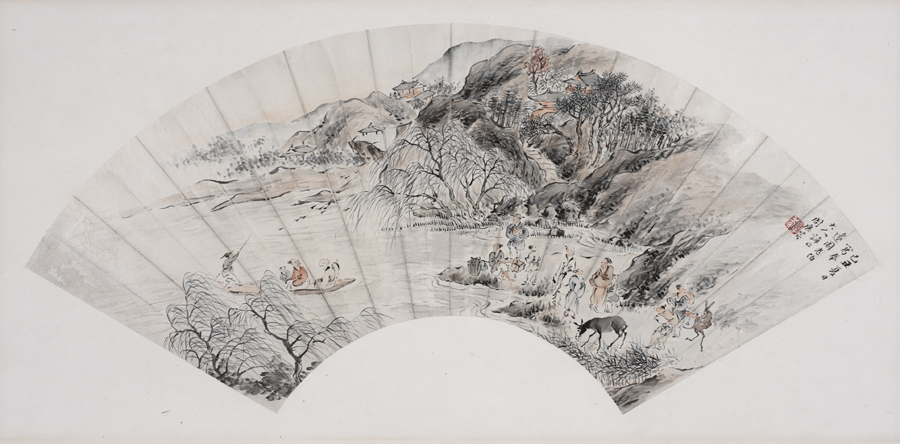Zhu Xiuli’s Scholar by a Stream brings the natural landscape and its spiritual energy to life. The tranquility of the piece contrasts the political turbulence of Zhu’s time. The painting pulls the viewer away from turmoil and into a world of healing through nature.
According to Daoist beliefs, man and nature are inseparable. Maintaining a deep connection with the natural world contributes to a clear, moral conscience and a healthy body. The inscription on the painting reflects this belief by relating how an old man’s connection to nature allows him to feel youthful and content.
In his poem, Li Shangyin explores similar values through vivid images of the natural world. Li expresses an appreciation of natural tranquility and suggests that true contentedness is found through a transcendental connection with nature. Zhu’s painting and Li’s poem intertwine to convey the ideal “happy life” that can only be found through a profound relationship with the natural world.
Poem selection and label by Gloria Cheng ’18, Molly Hurd ’18 and Sidney Lu ’17



